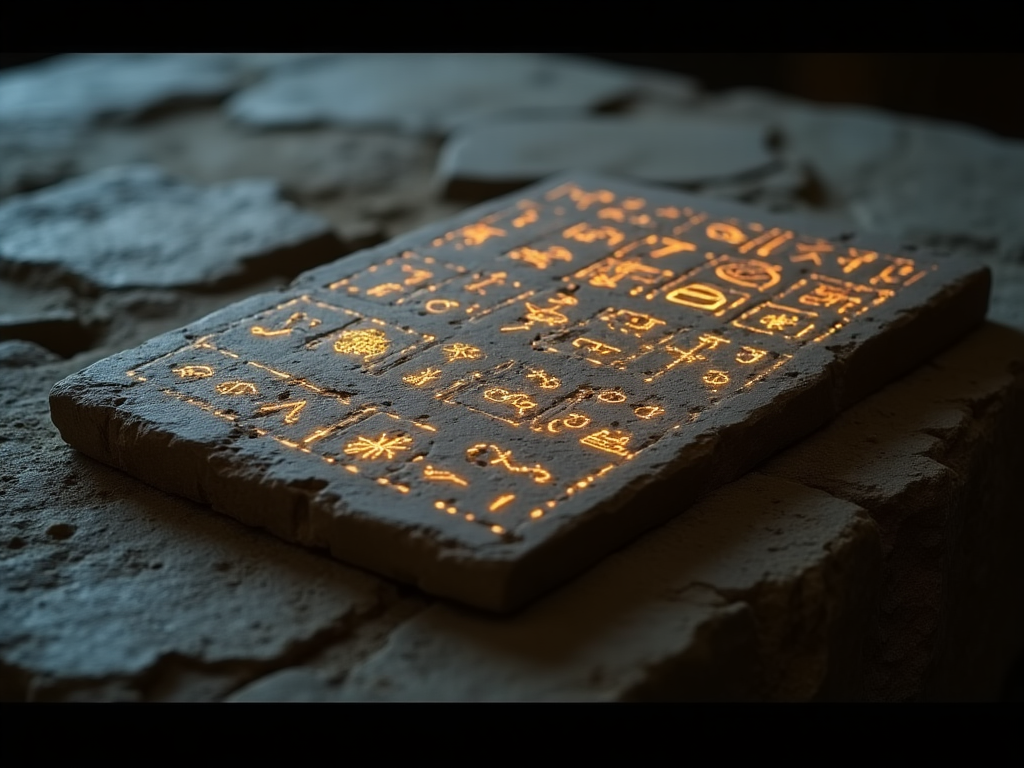
Introduction: A Linguistic Puzzle That Has Defied Generations
Consider lying on the ground with some ancient secret unlocked chests and finding that nobody owns the key. That is precisely how it has been when we look at the Indus Valley script, a mysterious written language used by one of the oldest urban cultures of humanity around 110 years ago. There is no Rosetta Stone to this 4,000-year-old mystery that all the attempts of translation have been futile. However, today, there is some hope in artificial intelligence. Even current technologies of machine learning and pattern recognition suggest that we may possibly now be at the cusp of cracking this prehistoric code. Has AI reached a place where people have lost their faith in linguists?
Why the Indus Script Has Remained a Mystery
Lurking under the mists of obscurity is the Indus Valley Civilization (33001300 bce), which was extraordinarily sophisticated: it had planned cities, sewers, and trade networks, but no one has yet figured out what its writing is about. The Indus scripts has no bilingual inscriptions to compare with unlike the Egyptian hieroglyphs which were deciphered with the help of the Rosetta stone. Majority of the texts are very short (just five symbols on average) to an extent where it is hard even to create a hypothesis about grammar or meaning. It was early thought to be related to either Sanskrit or proto-Dravidian, but none of them was very convincing.
Real-World Comparison:
Neolithic Europe Vinca symbols and Easter Island Rongorongo have comparable problems-mere fragments of short, separated writings with no living linguistic relations. Unless something like the de-crypting of Linear B, in 1952, occurs these scripts are mute.
How AI Is Revolutionizing Ancient Script Decoding
Conventional decipherment is based on intuition, guesswork and tedious hand work analysis. Nevertheless, AI regards the issue as a data puzzle. Machine learning algorithms can read thousands of inscriptions and identify minute trends in placing symbols, their repetition and context. In a 2023 study by the University of Washington, pitch, pitch difference, binarity and bracket size were observed to be potential numerical markers and syntactic rules via neural network which serves as an indication that the script could be logo-syllabic; a combination of word and sound signs analogous to Sumerian cuneiform.
So Far Key Findings:
- Respectively, symbol clustering is predictive of prefixes/suffixes, which might be a representation of grammatical structure.
- Common words or names may be symbolised by high-frequency signs (such as the symbol jar).
- The implication of contextual analysis of seals suggests administrative or commercial content.
Expert Insight:
“The AI does not attach any meaning to the linguistic biases; instead, it searches in statistical truth in the information. In that neutrality may be the revolutionary.“
— Dr. Rajesh Rao is a leader in the study of computational Indus script.
Competing Theories: What Could the Script Actually Say?
The purpose of the script leaves scholars estranged. It is claimed by some to be mere economics comparable to that of merchant inventories (as the early Mesopotamian tablets). Some think it is the code of religious ceremonies or court edicts. Gobbledygook is so bad there is even a fringe theory that it should be considered proto-writing, that is, it is not truly linguistic, in the sense that it is not a full-blown language.
Case Study:
- The decipherment of Linear B did not unveil epic poetry but quite run-of-the-mill palace inventories. In case the Indus script shares the same practice we might get tax records rather than fable.
Current Consensus:
- Trade-record theories are supported by the fact that 70 per cent of inscriptions are on seals.
- Not a sign of literature, which indicates a practical rather than an artistic use.
The Bigger Picture: What If We Succeed?
Interpretation of the writing might rewrite ancient history. In case it is Dravidian, it would strengthen the connections with the languages in South India. If it is an isolate (such as Basque), it may point to a vanished culture that has no present-day descendants. In addition to linguistics, it may approximate:
- The process of the collapse of the civilization (climate change? Invasion?).
- The information about everyday life: did they have democracy? A system of caste?
- Trading routes linking the Mesopotamia and beyond.
Ethical Dilemma:
Who is copyrighting a deciphered script? Governments, the academic world or AI experts? The controversy is already becoming hot.
The Skeptics’ Case: Why AI Might Not Be Enough
As great as it promises to be, AI is still limited. Empty inscriptions can never be accommodated with enough contexts. There also may be symbols that are not linguistic (such as clan marks). And even an intelligent algorithm may end up banging its head with no bilingual text around.
Still, Need of Human Touch:
- According to the interpretations, linguists will have to figure out patterns that AI can point at.
- Cultures are important an algorithm can not understand metaphors or word games.
Final Thoughts: The Dawn of a New Era—Or Another Dead End?
We are nearer today than before that we solve this old riddle, but it is not quite clear where the finish line is. Once the script is cracked by the AI it will be the success of not only technology but also of the archaeology. When it does not succeed, secret of Indus valley can be left in its grave forever.
Thought-Provoking Question:
Suppose we break the code and all the records we unravel are tax entries, would we be dismayed–or is historical reality the true gold-mine we tap?
Call to Action:
- Follow the current study of the University of Washington and the Indus Research Centre.
- Enter the discussion: Is AI actually giving us an opportunity to substitute human intuition with the art of solving ancient enigmas?